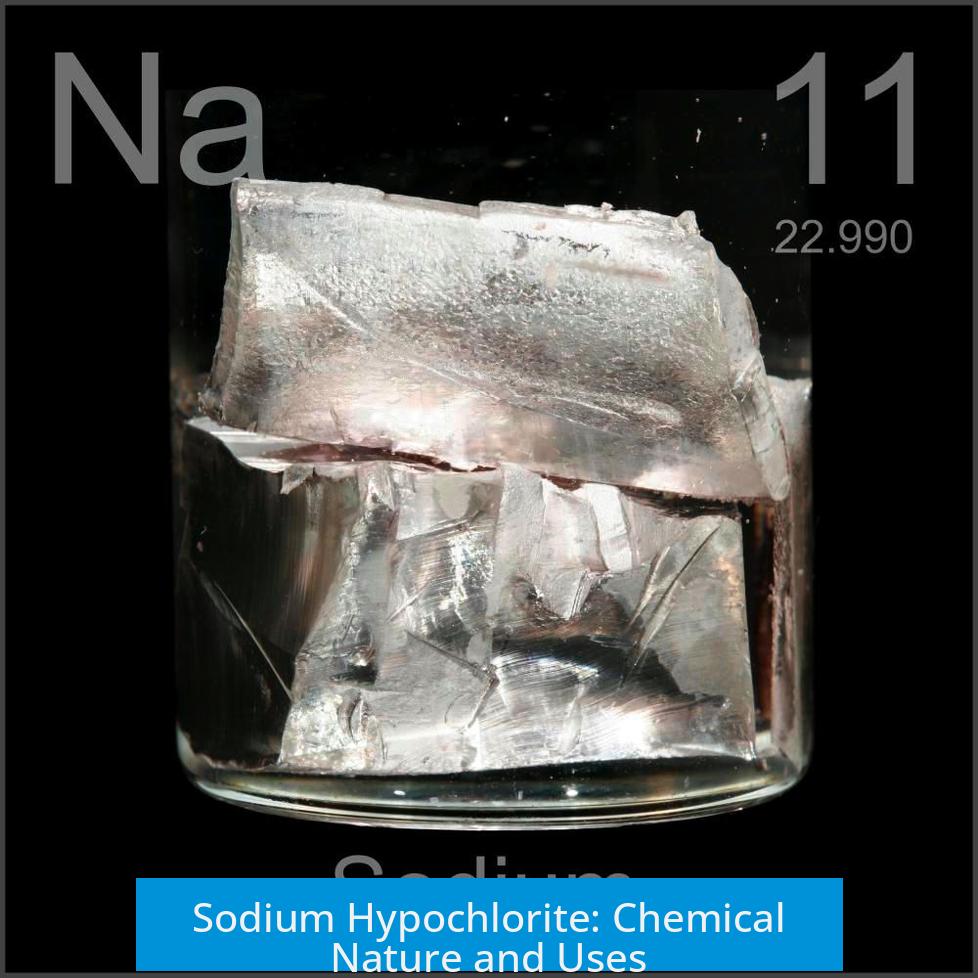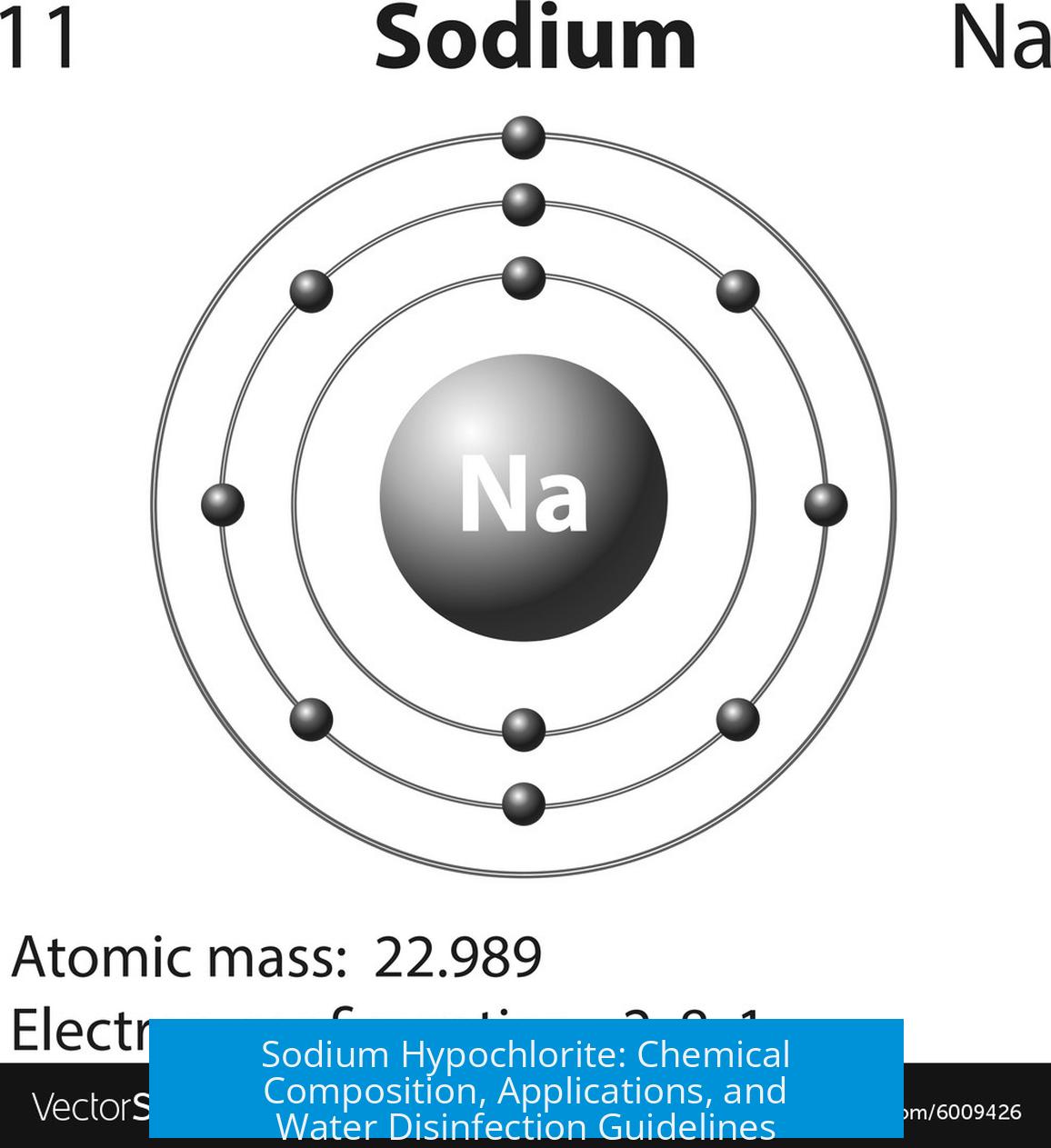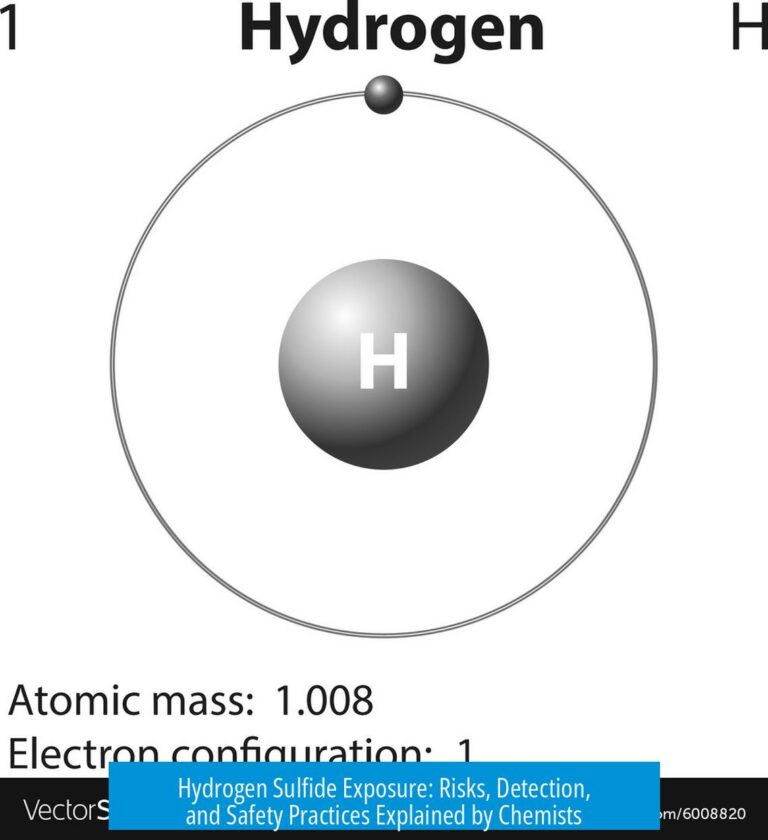Sodium Hypochlorite: Chemical Nature and Uses

Sodium Hypochlorite (NaClO) is a chlorine-containing compound widely used as a disinfectant and bleaching agent. It is the main ingredient in commercial bleach and functions as an oxidizing agent. Although sodium hypochlorite contains chlorine, it differs from elemental chlorine gas, which is pure chlorine.
Chemical Composition and Behavior
Sodium hypochlorite consists of the hypochlorite ion (ClO−) combined with sodium ions. This compound forms in equilibrium when chlorine gas reacts with water, producing hypochlorite ions and hydrochloric acid. The presence of sodium hydroxide shifts this equilibrium toward sodium hypochlorite formation by neutralizing the acid.
Changing the solution’s pH influences the chemical state:
- At lower pH (acidic conditions), hypochlorite converts back to chlorine gas.
- Under alkaline conditions, hypochlorite remains stable as NaClO, maintaining its oxidizing and bleaching properties.
Strength Measurement
In chemistry, the strength of sodium hypochlorite solutions is commonly quantified by molarity or percentage concentration. For general use, the “available chlorine” metric indicates how much chlorine can be released to perform oxidation or disinfection.
Applications of Sodium Hypochlorite
Sodium hypochlorite serves several practical purposes:
- Disinfecting surfaces, water, and equipment due to its ability to kill bacteria and viruses.
- Bleaching household laundry and removing stains.
- Water treatment, including disinfecting drinking water, although care must be taken as residual bleach affects taste and safety.
For safe hot tub sanitation, dilute sodium hypochlorite concentrations and thorough rinsing are necessary. In medical emergencies, isopropyl alcohol or hydrogen peroxide are preferred over bleach for skin disinfection, especially to avoid tissue damage.
Guidelines for Water Disinfection
When disinfecting water with sodium hypochlorite, a systematic approach increases success:
- Add bleach to a measured volume of water (e.g., 1 gallon) and mix well.
- Wait approximately 30 minutes.
- Check for a faint chlorine smell. Presence of this smell indicates residual disinfectant.
- If no smell is detected, add a small amount of bleach and repeat the process.
This method accounts for natural substances in water that may consume chlorine before disinfection completes.
Summary of Key Points
- Sodium hypochlorite is a chlorine-containing oxidizing agent primarily used as bleach and disinfectant.
- Its chemical stability depends on pH; alkaline conditions favor its presence over chlorine gas.
- Strength is measured by molarity or available chlorine concentration.
- Use appropriately diluted solutions and rinse thoroughly when disinfecting skin or hot tubs.
- Water disinfection requires sufficient dose and contact time, confirmed by a faint chlorine odor.
What is sodium hypochlorite chemically composed of?
Sodium hypochlorite (NaClO) is a compound containing chlorine, oxygen, and sodium. It is the active ingredient in bleach but is not pure chlorine gas itself.
How does sodium hypochlorite act as a disinfectant?
It releases hypochlorite ions that oxidize and kill bacteria. The solution works best at certain pH levels, where it can form molecular chlorine, a powerful disinfectant.
Can sodium hypochlorite be used to disinfect drinking water safely?
Yes, it can disinfect water, but it may leave a taste and odor. Filtering afterward helps improve water quality for drinking.
How can I measure the strength of sodium hypochlorite solutions?
Strength is measured in molarity or percent concentration. Some also quote available chlorine content to describe its disinfecting power.
Is sodium hypochlorite safe for skin disinfection?
No, it’s harsh on skin and wounds. Better options are isopropyl alcohol or hydrogen peroxide. Seek medical help for proper wound care.





Leave a Comment